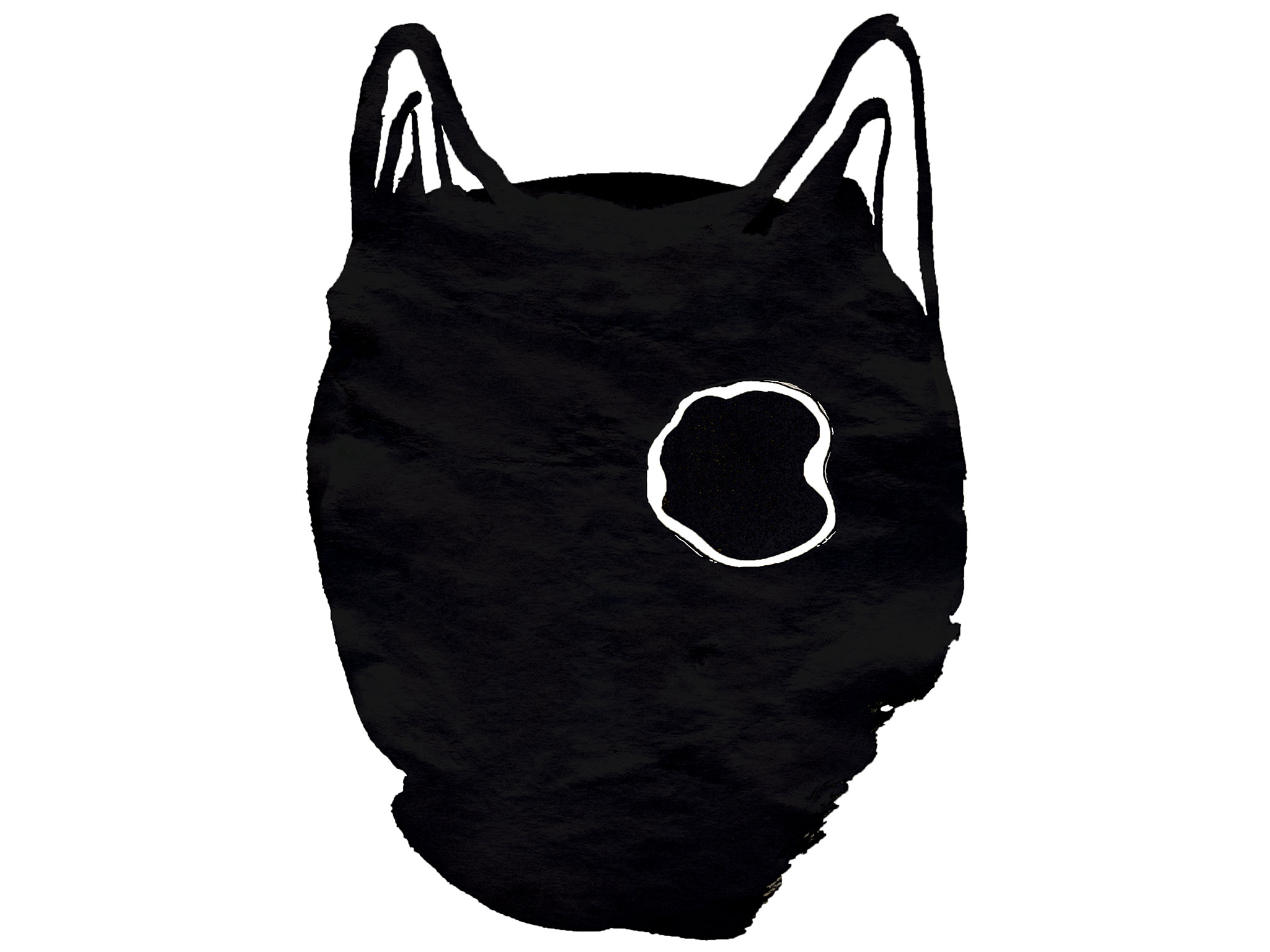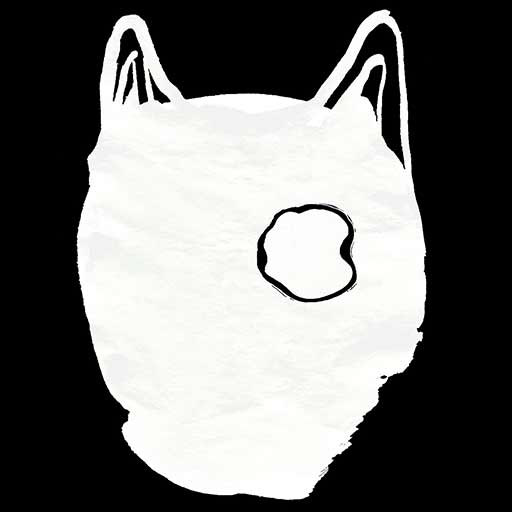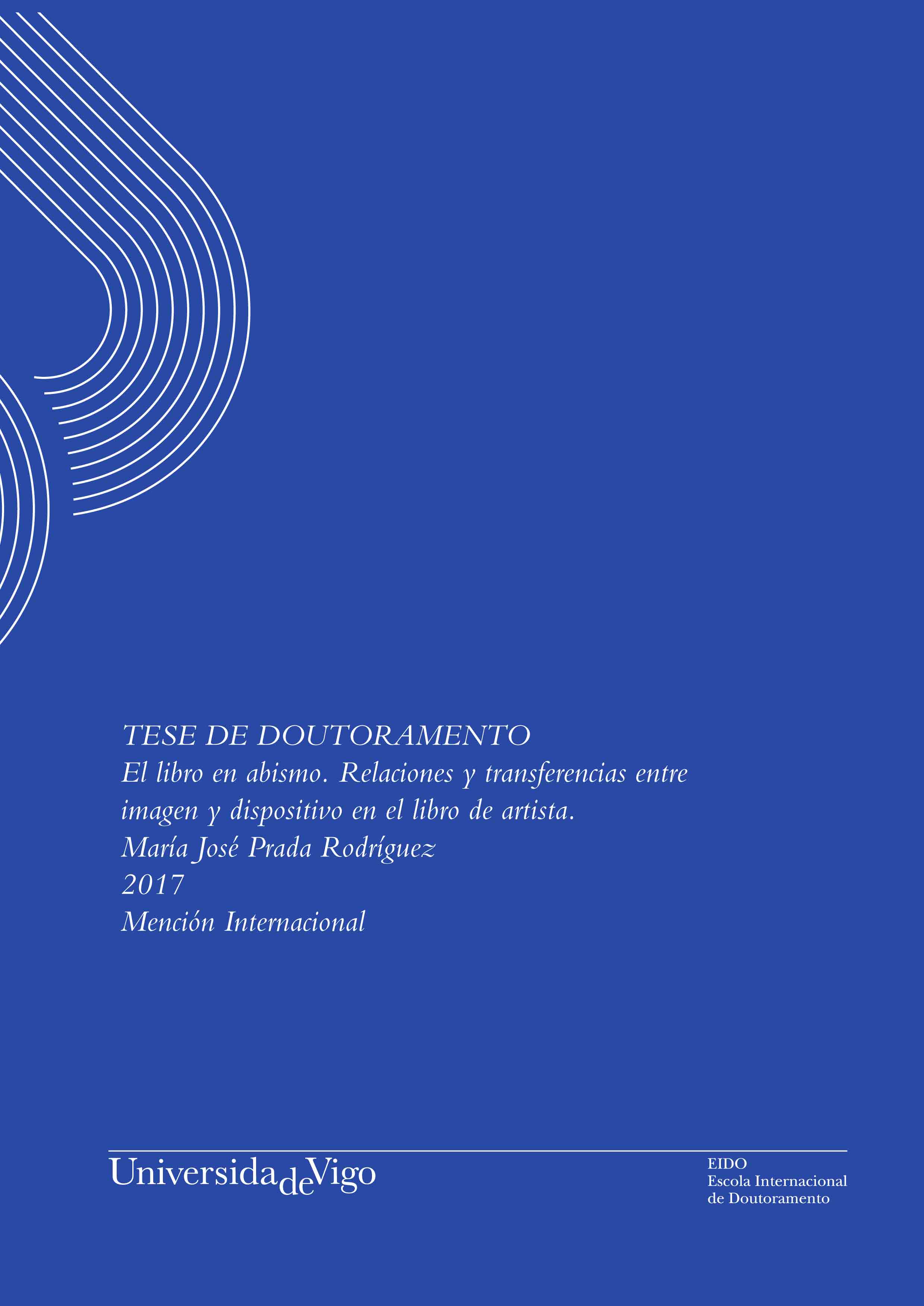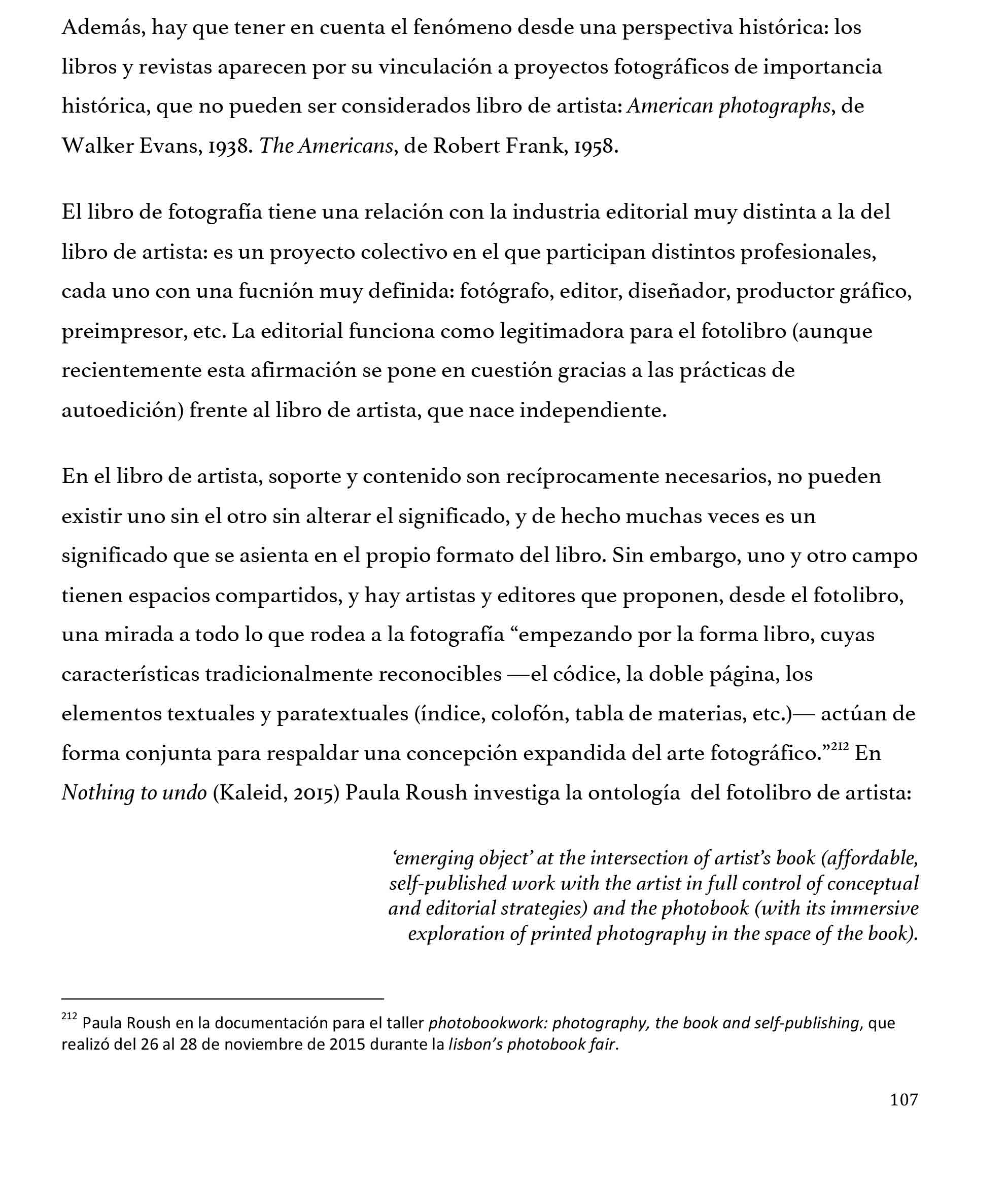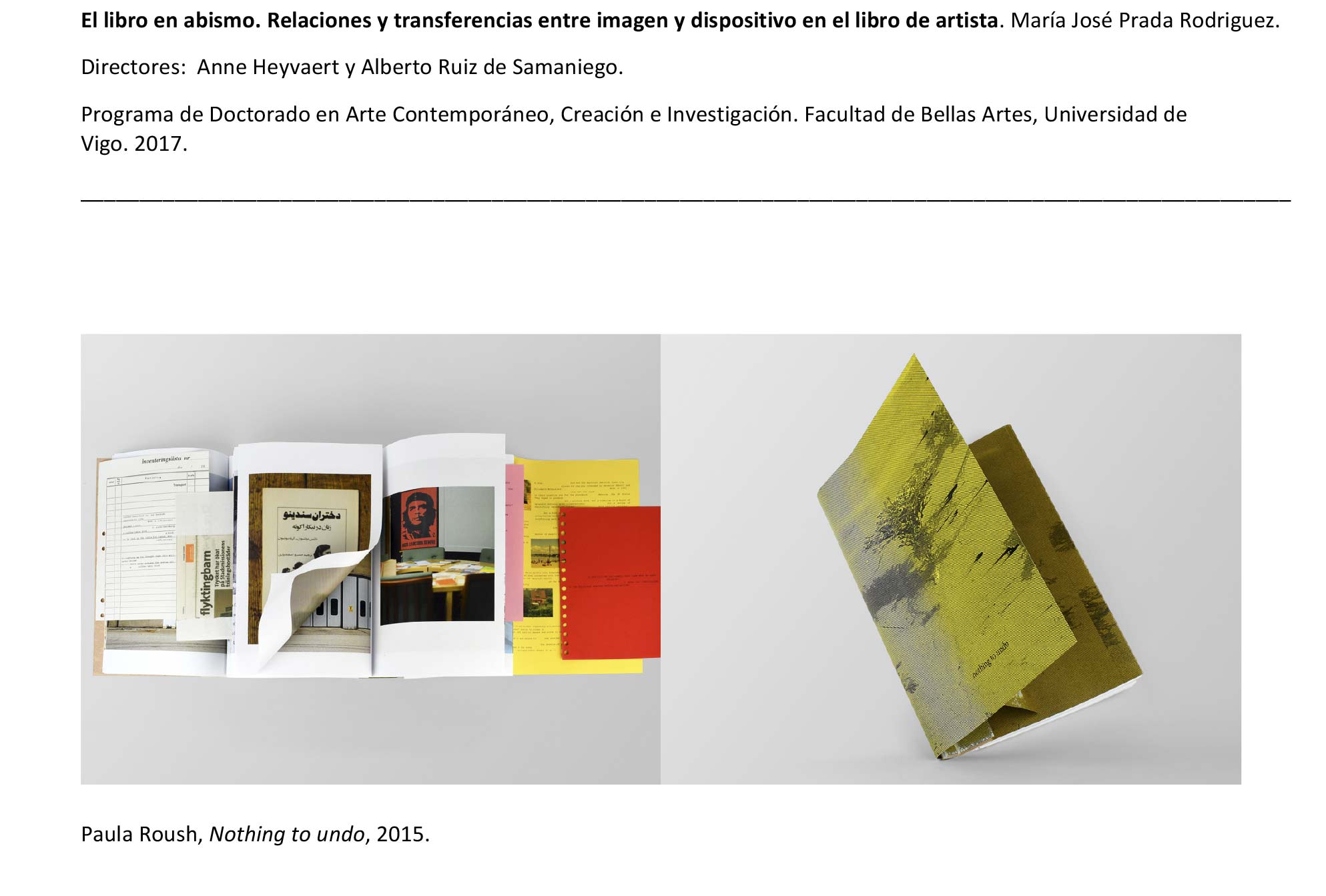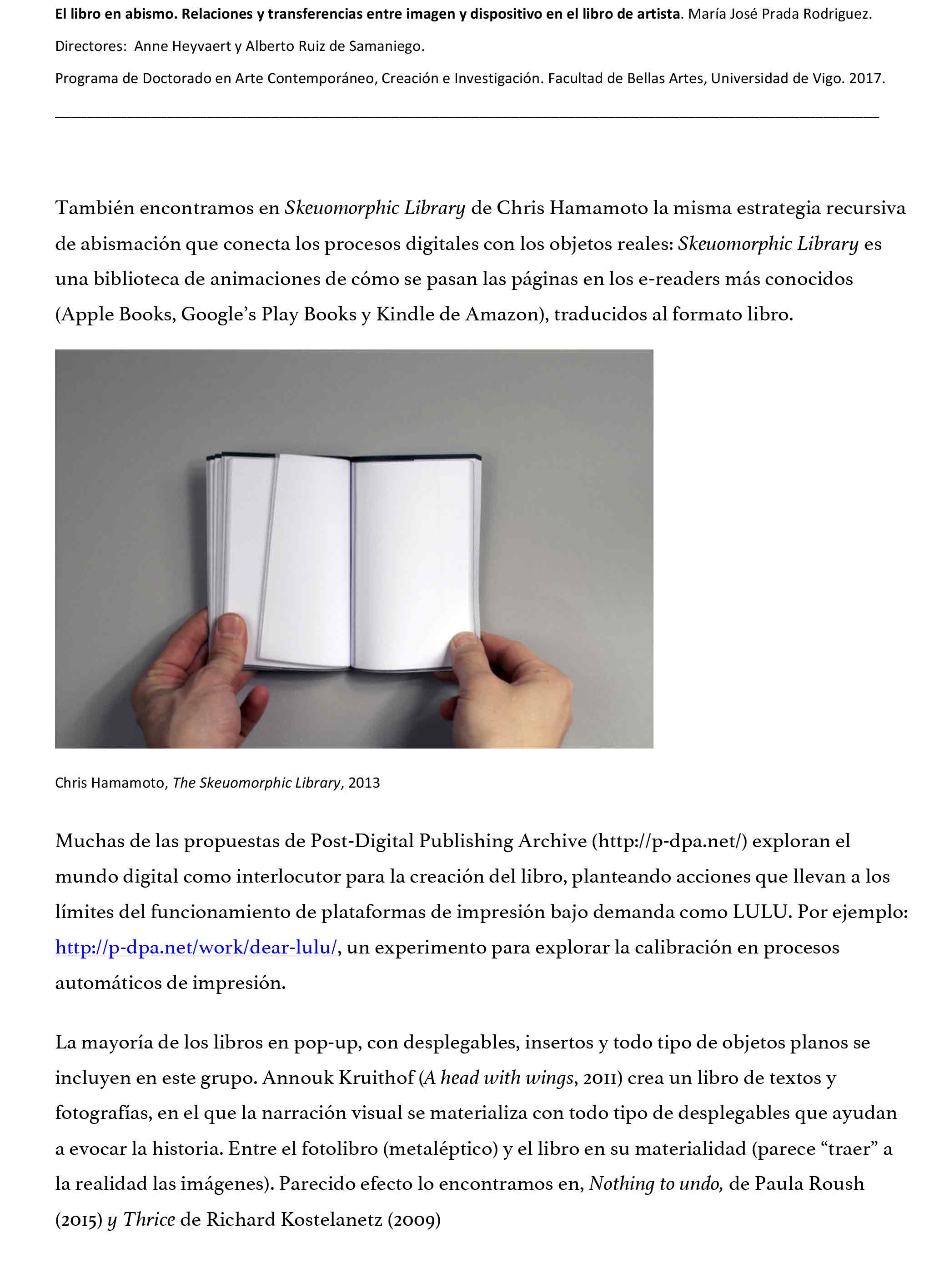In the artist's book, support and content work reciprocally, there cannot be one without the other..., and there are artists and publishers who propose,
for the photobook, to consider everything that surrounds the photographs, “starting with
the book form, with its traditionally recognizable features — codex, double page, textual and paratextual elements (index, colophon, table of contents, etc.)
- they all work together to support an expanded approach to photographic art. ”
(paula roush in the documents for the workshop
Page-Turner: photobookwork: photography, the book and self-publishing, which she leads during
Lisbon’s Photobook Fair.)
In nothing to undo (Kaleid, 2015) paula roush investigates the ontology of the artist's photobook:
an 'emerging object' at the intersection of the artist's book (affordable, self-published work with the artist in full control of conceptual and editorial strategies) and the photobook (with its immersive exploration of
printed photography in the space of the book).
(Spanish)
En el libro de artista, soporte y contenido son recíprocamente necesarios, no pueden existir uno
sin el otro sin alterar el significado,
y de hecho muchas veces es un significado
que se asienta en el propio formato del libro.
Sin embargo, uno y otro campo tienen espacios compartidos, y hay artistas y editores
que proponen, desde el fotolibro,
una mirada a todo lo que rodea a la fotografía “empezando por la forma libro, cuyas características tradicionalmente reconocibles —el códice, la doble página, los elementos textuales y paratextuales
(índice, colofón, tabla de materias, etc.)— actúan de forma conjunta para respaldar una concepción expandida del arte fotográfico.”
(paula roush en la documentacion para el taller photobookwork: photography, the book and self-publishing, que realiza durante
la lisbon’s photobook fair.)
En nothing to undo (Kaleid, 2015) paula roush investiga la ontología del fotolibro de artista: ‘emerging object’
at the intersection of artist’s book (affordable, self-published work with the artist in full control of conceptual and editorial strategies) and the photobook (with its immersive exploration of printed photography
in the space of the book).
La mayoría de los libros en pop-up, con desplegables, insertos y todo tipo de objetos planos se incluyen en este grupo. Annouk Kruithof (A head with wings, 2011) crea un libro de textos y fotografías, en el que la narración visual se materializa con todo tipo de desplegables que ayudan a evocar la historia. Entre el fotolibro (metaléptico) y el libro en su materialidad (parece “traer” a la realidad las imágenes). Parecido efecto lo encontramos en, nothing to undo, de paula roush (2015) y Thrice de Richard Kostelanetz (2009)
